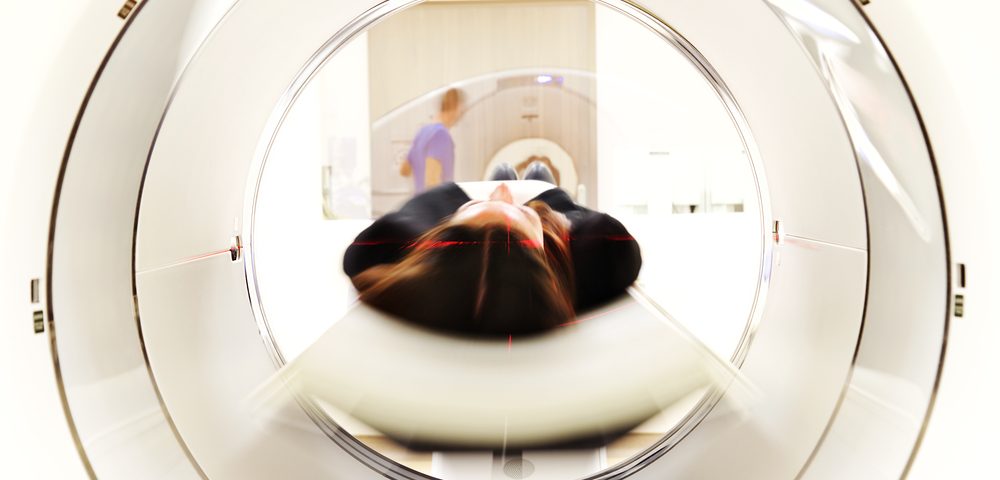Using magnetic resonance imaging (MRI) as an initial test for suspected prostate cancer patients could spare those who do not have aggressive disease from an unnecessary biopsy, researchers said.
The study, “Diagnostic accuracy of multi-parametric MRI and TRUS biopsy in prostate cancer (PROMIS): a paired validating confirmatory study,” published in The Lancet, shows that about a quarter of biopsies could be avoided by adding an MRI test, and the diagnosis of harmless cancers could be reduced by 5%.
A biopsy usually is recommended when patients have high prostate-specific antigen (PSA) levels or have experienced cancer symptoms. But the PSA test is not always accurate, and many men without cancer undergo unnecessary biopsies, the researchers said.
“Prostate cancer has aggressive and harmless forms. Our current biopsy test can be inaccurate because the tissue samples are taken at random. This means it cannot confirm whether a cancer is aggressive or not and can miss aggressive cancers that are actually there. Because of this some men with no cancer or harmless cancers are sometimes given the wrong diagnosis and are then treated even though this offers no survival benefit and can often cause side effects. On top of these errors in diagnosis, the current biopsy test can cause side effects such as bleeding, pain and serious infections.” the study’s lead author, Hashim Ahmed, PhD, of University College London, said in a press release.
Researchers assessed whether multi-parametric MRI (MP-MRI) could discern between men with and without aggressive prostate cancer, and determine who should have a biopsy. MP-MRI provides information not just on tissue anatomy, but on tissue characteristics such prostate volume, how densely the cancer cells are packed, and the density of blood vessels in the tumor.
The study enrolled 576 men with suspected prostate cancer who received an MP-MRI, followed by two biopsies, in 11 National Health Service (NHS) hospitals. The first biopsy, called template prostate mapping (TPM), was the control biopsy. The test is able to characterize a man’s disease status by sampling the entire prostate every 5 mm. The second test was the standard, or transrectal ultrasound-guided (TRUS), biopsy.
TPM biopsy results revealed that 71% of the men had cancer, but only 40% had aggressive cancers. MP-MRI was more sensitive in detecting aggressive cancers than TRUS biopsy: MP-MRI identified 93% of the aggressive cancers, while TRUS only identified 48%. In addition, when the MP-MRI scans were negative, in 89% of the cases, the patient had a harmless cancer or none at all.
The researchers suggested that MP-MRI be used before TRUS biopsy to identify patients with non-aggressive cancers who could be monitored. For patients whose MP-MRI suggests an aggressive cancer, a TRUS biopsy should be performed to confirm the results.
“Our results show that MP-MRI should be used before biopsy. Our study found that using the two tests could reduce over-diagnosis of harmless cancers by 5%, prevent one in four men having an unnecessary biopsy, and improve the detection of aggressive cancers from 48% to 93%,” Ahmed said. “While combining the two tests gives better results than biopsy alone, this is still not 100% accurate so it would be important that men would still be monitored after their MP-MRI scan. Biopsies will still be needed if an MP-MRI scan shows suspected cancer too, but the scan could help to guide the biopsy so that fewer and better biopsies are taken.”
The researchers note that the study had limitations. In particular, the TPM biopsy was done before the TRUS biopsy and might have caused the tissue to swell, reducing the accuracy of the TRUS test.

